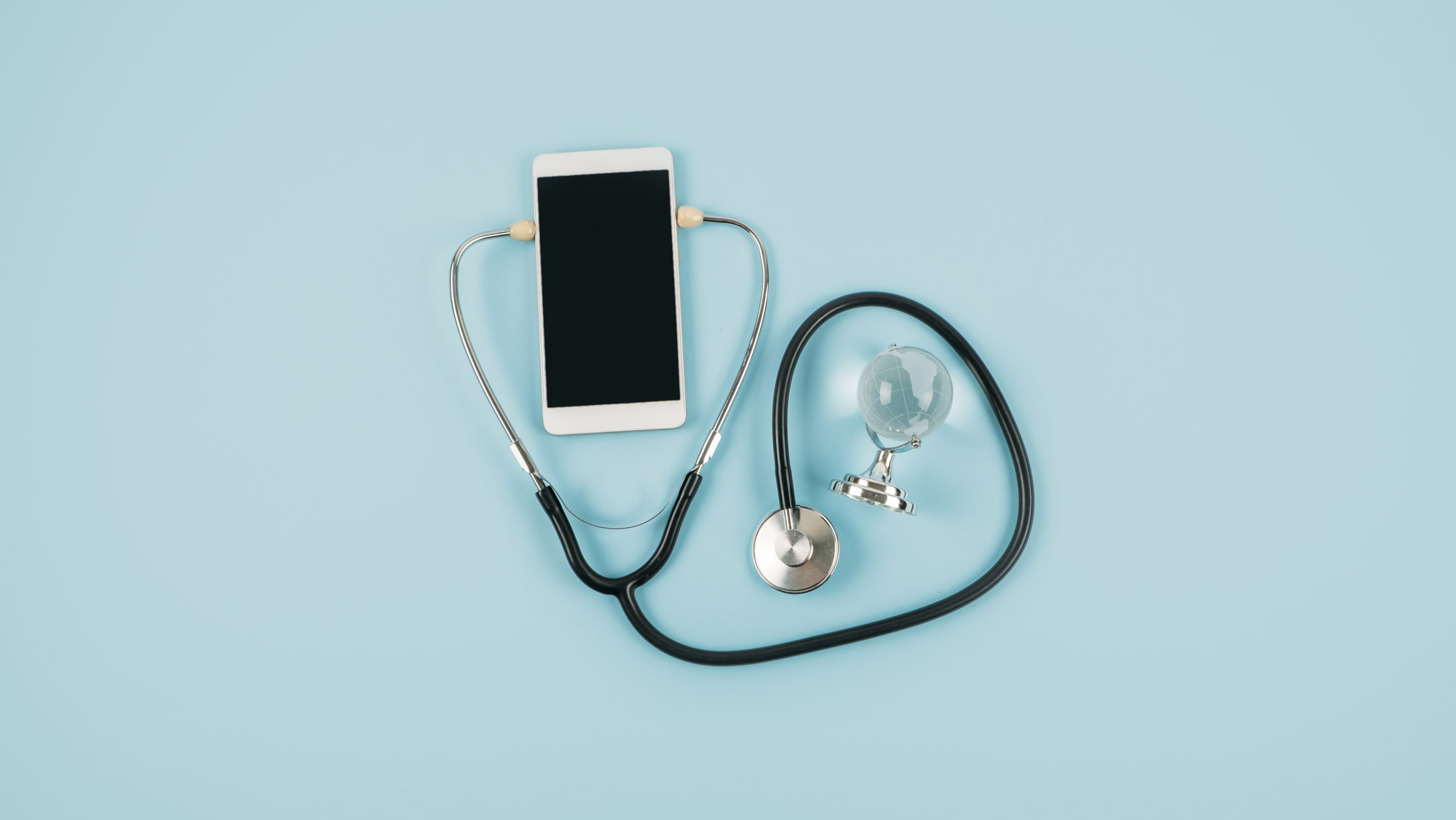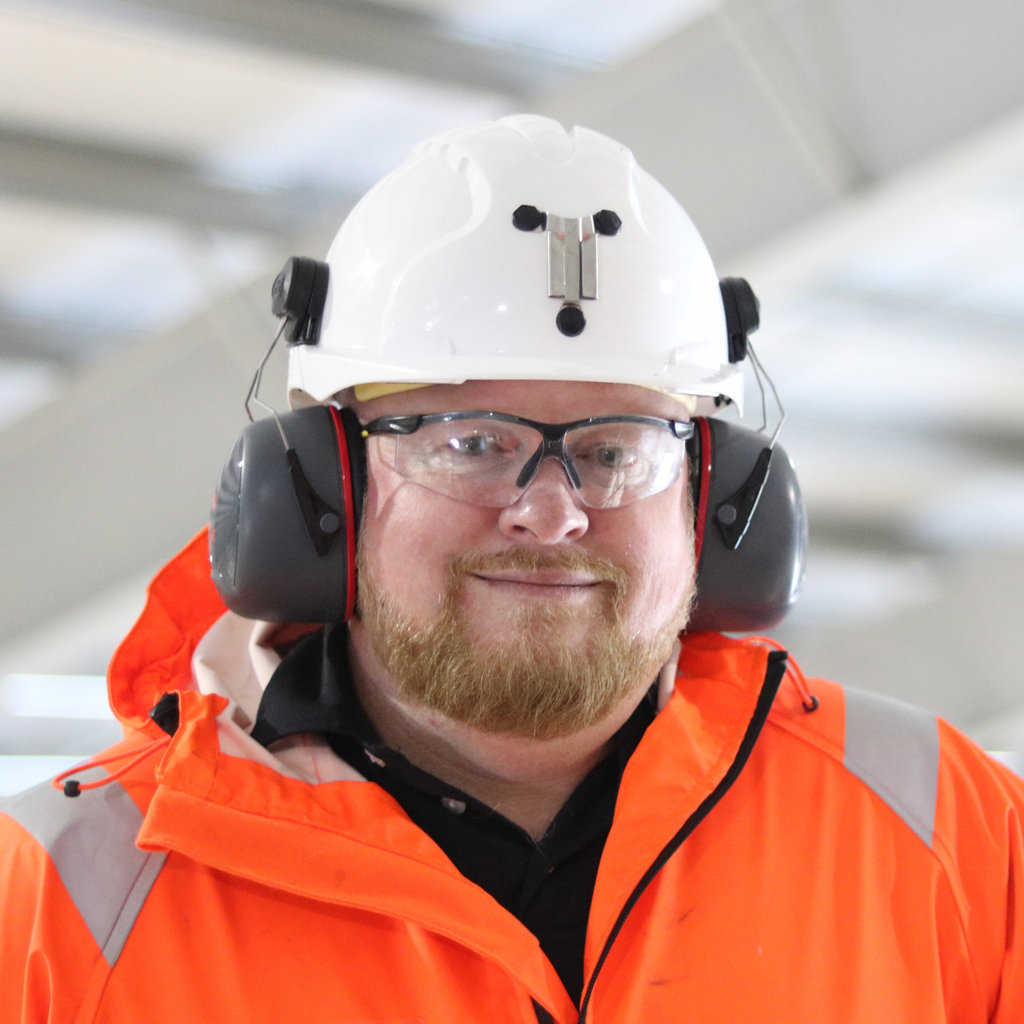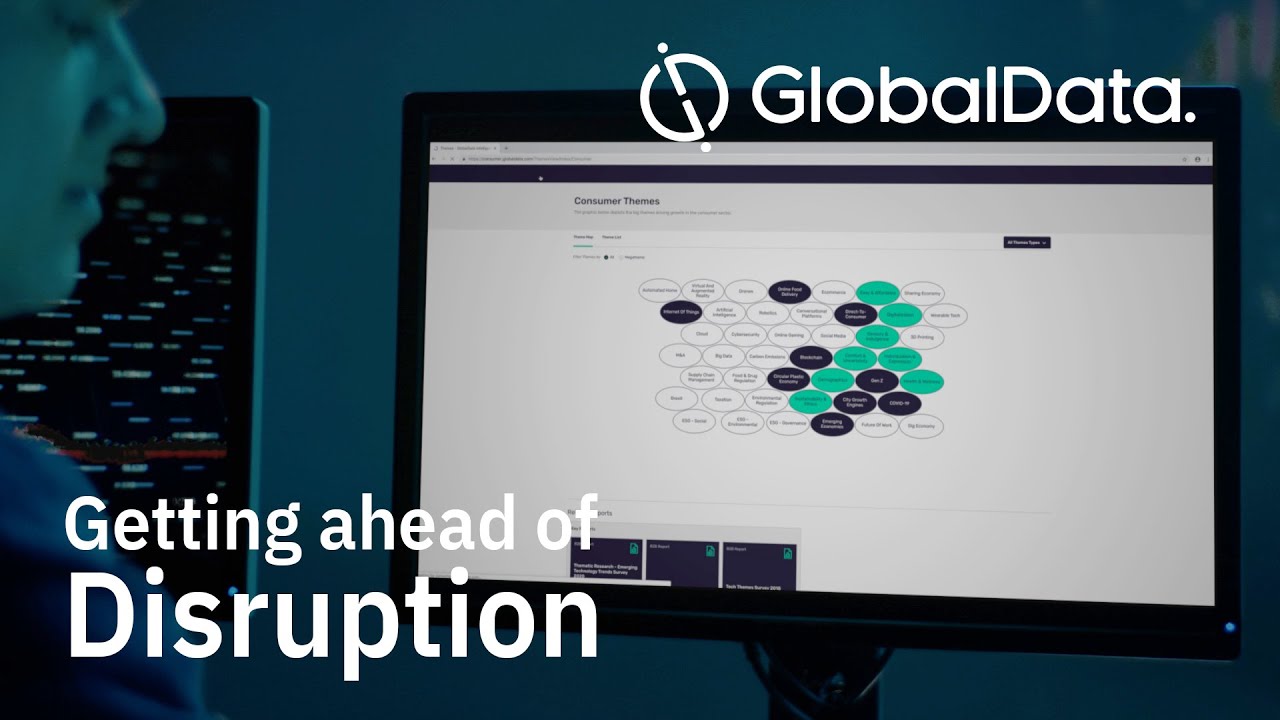Cover story
Remote patient monitoring across chronic conditions
Remote patient monitoring platforms are empowering patients to take control of their health and enabling providers to take a proactive approach, writes Ross Law.

As per GlobalData, the remote patient monitoring market will a reach a valuation of $760m by 2030, up from around $548m in 2020. Credit: Iryna Imago / Shutterstock
A
ccording to Harvard Medical School, approximately 50 million people in the US were using an RPM [remote patient monitoring] tool of some type as of 2022.
While many may think of RPM in terms of specific devices such as wearables, smartphone-based apps also have a role to play, particularly in CCM [chronic care management]. RPM delivered in this format enables the deployment of patient monitoring and additional tools to heighten levels of engagement and connectedness between patient and healthcare provider, resulting in advantages for both parties.
The Centers for Disease Control and Prevention (CDC) has found that six out of ten adults in the US are affected by a chronic condition such as autoimmune disorders, cancer or mental health.
A study published in Cureus found that RPM for patients with chronic conditions resulted in improvements in patient health, including a reduction in symptom severity and a general improvement in health status. The study also found that RPM increased patient satisfaction with communication and convenience of services and resulted in decreased healthcare system utilisation.
The mine’s concentrator can produce around 240,000 tonnes of ore, including around 26,500 tonnes of rare earth oxides.
Gavin John Lockyer, CEO of Arafura Resources
According to GlobalData’s Market Size and Growth database, the overall patient monitoring market was valued at around $18bn in 2023 and is forecast to reach a valuation of almost $24bn by 2033. The indication-specific mobile apps segment of the digital health market was valued at around $2.1m in 2023 and is projected to reach a valuation of around $10.7m by 2033.
Empowering patients with autoimmune disorders
Autoimmune disorders such as inflammatory bowel disease (IBD) are among the most common and disruptive chronic conditions, with the CDC estimating that between 2.4 and 3.1 million people in the US are living with IBD.
Trellus Elevate is an RPM and behavioural support platform designed for those with IBD. Underpinned by positive behavioural psychology tenets, the platform monitors patients throughout a prescribed curriculum that is designed to evolve their mindset around living with the condition.
The platform was developed by the company’s CEO Dr Marla Dubinsky and co-founder Laurie Keefer, a fellow faculty member at New York’s Mount Sinai Hospital, which collaborated on Trellus Elevate’s development and initial rollout.
Dubinsky, who serves as the co-director of the inflammatory bowel disease centre and clinical programme at Sinai and its ‘clinical home’, where aspects surrounding patients’ attainment of physical and emotional empowerment over their conditions are addressed, wanted to scale the behavioural element of Sinai’s care provision.
“We took what we know to be valid and proven to change healthcare outcomes for people,” says Dubinsky.
Dubinsky shares that despite its renown, Sinai had reached a ceiling as to what it could do for patients with its medications and its practitioners’ words alone.
Total annual production
“It wasn't until we wrapped a holistic approach around our health delivery provision, which took into account the emotional and physical aspects of CCM, that we began to be able to deliver enhanced well-being while simultaneously reducing healthcare utilisation,” says Dubinsky.
The human touch
Dubinsky notes that for those with IBD, there is often the perception of lost control over their ability to eat, their bathroom habits, and their overall ability to plan – all factors that can affect patients’ mental health.
“Our platform empowers those individuals to manage the burden of their symptoms and to change their mindset so they can live their best lives,” says Dubinsky.
To meet this aim, Trellus Elevate first assesses prospective patients’ attitudes, beliefs, and behaviours about their condition.
“After this assessment, prospective patients meet with our resilience navigator, who goes through an individual’s self-assessment, and confirms the context of these attitudes, beliefs and behaviours to ensure the suitability of the curriculum we deliver,” explains Dubinksy.
Notably, the platform only grants enrolment to patients that are identified in the initial assessment as ‘low resilience’, given that these individuals are the most likely group to, for instance, stop taking their medication, which can result in the worsening of symptoms and increased healthcare system utilisation.

Phillip Day. Credit: Scotgold Resources
Once patients are assessed, the Elevate platform prescribes a weekly curriculum of lessons to users that is informed by their initial attitudinal assessment. It also includes human-led touchpoints along the way, a remote monitoring element of the platform that ensures it is appropriately meeting individual user needs.
“Support by way of digital, as well as human-led, support allows the patients to get the tools, the insights and the knowledge to address their beliefs and behaviours,” says Dubinsky.
Elevate is also overseen by specialists who monitor patient progress and app engagement to ensure the curriculum prescribed to patients remains relevant to them. A user initially assessed to be getting stuck on maintaining optimism around their condition, for instance, may later be found to be struggling more with disease acceptance as a key barrier for them to flourish.
“We reassess that at 90 days and 180 days to see whether or not there's an interim adaptation of their learning pathway to ensure that they complete their programme and come out on the other side as changing appropriately towards more positive attitudes, beliefs and behaviours around their condition,” explains Dubinsky.
Monitoring and support for children with anxiety
An NHS survey from 2022 found that 18% of children aged seven to 16 years had a probable mental health disorder.
In 2016, the UK’s National Health Service (NHS) published a lot of research about a youth mental health crisis.
“One of the things that really stood out was how little support existed to specifically address young people's mental health,” says BfB Labs CEO Manjul Rathee.
According to Rathee, the traditional models in which adults’ mental health is supported were at the time being copy-pasted into the children's world.

Caption. Credit:
“It doesn't really apply because the ability of children to articulate their difficulties and understand their overall mental health is very different,” says Rathee.
This spurred London-based BfB Labs to apply for an NHS grant to develop Lumi Nova – a psychoeducation and exposure therapy tool for 7-12-year-olds experiencing anxiety that is embedded into a mobile game.
Exposure therapy is recommended by the UK’s National Institute for Health and Care Excellence (NICE) as a key approach to overcoming anxiety.
“The idea behind exposure therapy is that users identify the scenarios that make them feel worried or anxious,” says Rathee.
Within the framework of the game, children set goals with their parents around tackling real-world scenarios they are experiencing anxiety over, such as a fear of dogs, and the steps towards facing them are broken down into small, bite-sized steps to build resilience against them. Once the goals are accomplished, reward items are unlocked within the game world.
“We see a lot of young people who are able to do even one or two challenges within the gaming environment benefit from it in real life, so we allow for this transference of learning to happen from the digital to the physical realm. The game will simulate certain peer scenarios within the gaming environment, and then encourage young people to do something out of the game environment,” explains Rathee.
In monitoring users, Lumi Nova provides feedback throughout their journey and includes a data dashboard for NHS commissioners to monitor how young people engaging with the app are faring, and what types of fears and worries they are working on overcoming. BfB plans to add messaging updates into the game for parents and caregivers to monitor their child’s progress.
Rathee concludes: “It's not just the game telling you that this is the process and to go away and do it. It's not giving you homework, which is typically what happens in face-to-face therapy. The game actually recreates those environments.”
RPM for cancer patients
The National Cancer Institute (NCI) forecasts that more than two million new cancer cases will diagnosed in the US this year.
With a large variety of types of cancer and even a larger variety of therapies, cancer care is particularly complicated, with a complex ecosystem of providers, patient symptoms, and myriad moving parts that can affect patients.
“It's therefore imperative for physicians to have as much access to patients as possible,” says Veris Health's chief operating officer Dr. Brian deGuzman.
Veris has created a cancer care platform via a smartphone app that enables patients to have continuous access to their care teams, thereby allowing healthcare providers to fill in a lot of the gaps that cancer patients used to have.
According to Dr. deGuzman, studies have shown that RPM and patient-reported outcomes improve cancer care.
“In particular, the process improves medium and long-term survival rates, reduces hospital admissions, and improves patient treatment by staying on treatment longer and engaging them more tightly with their providers,” says Dr. deGuzman.
The Veris platform allows for symptom reporting so healthcare teams can monitor patients’ vital signs, and there is a family application that allows for patients to invite family and close friends or caregivers to participate in their care and monitor them.
“There's also a clinician portal, which allows clinicians to have continuous access to patients’ vital signs and symptom reporting anytime they want and anytime the patients report them,” says Dr. deGuzman.
“It allows us to have this virtual care provision that improves the connectivity between patients and the providers and fills a lot of the gaps during times they weren't being seen by their healthcare provider in between visits for chemotherapy and otherwise.”
Having these provisions available in an app means that cancer patients have a more continuous care component to make them feel less alone during their experience of the disease.
“If we have the ability to monitor patients’ vitals like heart rate, blood pressure, and oxygen saturation, it gives clinicians a much broader and longitudinal view of the patients and where they're at just by their vital sign monitoring on a daily or twice daily basis, rather than once every one or two weeks when they come in for their therapy,” says Dr. deGuzman.
Taking the example of patients being able to report their temperature in Veris’s app, Dr. deGuzman notes that one of the most common complications cancer patients undergoing chemotherapy can experience is neutropenic fever, a situation in which chemotherapeutic agents drive down their white blood cell count, resulting in an immunocompromised state.
“These patients are at high risk for developing infections, which oftentimes can result in fever,” he says.
“It's therefore important for physicians to see those trends in patients’ temperature so they can have a much earlier signal that a patient may be in trouble than if they wait for the fever to develop to such a point where they start to get symptoms. By that time, the infection has taken hold, meaning that patients are more difficult to treat and that outcomes are much worse.”
Caption. Credit:
In the form of apps, RPM can encompass a broad range of support. In this format, RPM facilitates interventional approaches and continued communication between patient and practitioner, presenting the opportunity for patients to engage with their healthcare conditions and to manage them, both on a psychological and physiological level, more effectively.
Chinese dominance and Western complacence
For three decades, the Chinese Government has had a strategic vision for the REEs industry and it now dominates the global supply chain. In 2021, Chinese mines produced 168,000t of rare earths, almost 60% of total global mining output, according to the US Geological Survey. In 2020, the country also produced 85% of the world’s rare earth refined products, according to Roskill.
About 70% of global production is consumed within the Chinese domestic market. Chinese production at both the mining and refined stages is controlled by quotas assigned to six state-owned enterprises, which are highly integrated throughout the REEs supply chain.
Total magnet rare earth oxide demand is forecast to jump at a compound annual growth rate (CAGR) of 9.7% between 2021 and 2030, while REE prices are projected to surge at a CAGR of between 5.6% and 9.9% over the same period, according to Adamas Intelligence, a research and advisory firm.
The Western world does not have an integrated REEs supply chain in the same way that China does because it simply did not consider it important until the post-Covid era. However, the pandemic showed the significance of more localised supply chains. Temporary trade restrictions and shortages of pharmaceuticals, critical medical supplies and other products highlighted the weakness of complicated, globalised supply chains. The Western world has become too complacent in allowing rare earth production to be outsourced to China.
